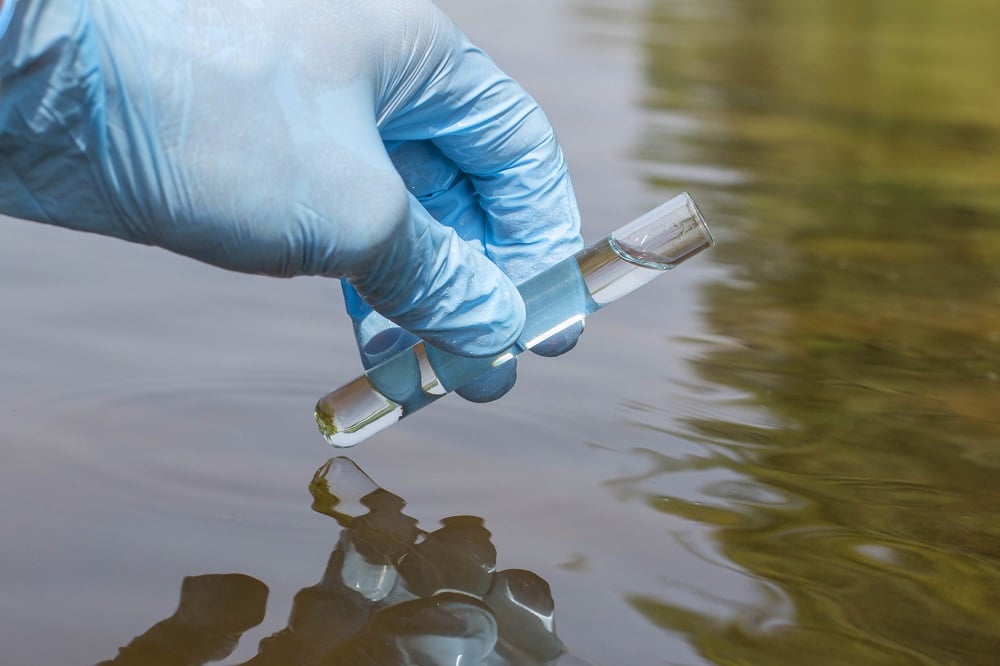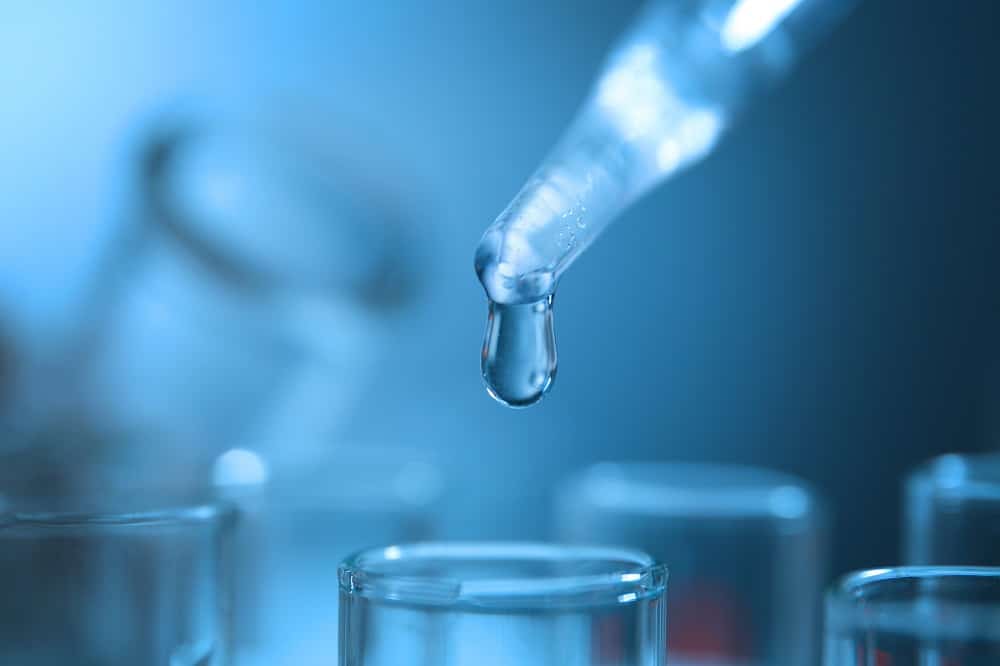Whether you get your water from a private well or a municipal water supply, you may be surprised at the type and number of contaminants detected by a private water testing laboratory. Water filtration and purification methods can address these issues. Although the main goal of these processes is similar, the processes differ, which can affect the end result. Here’s what you need to know about water filtration and purification.
Water Filtration
Water filtration uses either biological processes, chemicals, or a physical barrier to remove contaminants from the water. This improves the taste, color, and purity of the water. Water filtration focuses on impurities such as bacteria or larger particles. Unfortunately, filtration methods don’t always remove other contaminants, such as chemicals or viruses, that may be present in water.
Water Purification
Water purification works to further purify water from contaminants that filtration methods can’t address. It removes the chemicals, viruses, and biological contaminants that filters don’t and uses a chemical process rather than typical barrier or boiling methods used for water filtration. Water purification removes the minerals in water also, which filtration doesn’t typically do.
Water Filtration Methods
There are portable water filters that can be used to filter unteated water from streams and lakes or filter pitchers that you keep in the refrigerator. There are numerous systems used in a home to treat the water from certain faucets or to treat all the water in the house. Drinking filters are installed at the kitchen sink and the filter is stored underneath the sink. A separate tap is used for the filtered water. Shower filters help remove chlorine and chemicals that cause excessive drying and damage. Whole house filters are connected to the home’s main water supply to remove sediment and contaminants. Most of these filters use activated carbon to create an ion exchange process to remove these contaminants.

Water Purification Methods
Reverse osmosis is the most popular type of water purification method. Rather than using a carbon filter to catch the contaminants, it forces all the water through a semipermeable membrane. This screens out particles that a carbon filter doesn’t catch. Deionization is another form of water purification in which all the charged particles are removed. Distilled water requires water to be boiled, and the condensed steam is collected. These water purification methods aren’t typically used in homes; they’re most often used in labs, biotech and pharmaceutical industries, or for manufacturing processes.
Things to Consider
The best way to decide whether water filtration or purification is best is to know what’s in your water. A water testing lab can test for a range of contaminants in your water and give you a report showing the levels of these contaminants. An important thing to consider in addition to which impurities you need removed from your water is the impact of removing the minerals from your water. Water purifiers remove all the minerals from your water, and while this can be good if you have hard water problems, there can be health effects as well. Minerals such as calcium, magnesium, potassium, iron, and others are important to the body, so water should have a minimum level of these essential minerals. Water filtration will keep these minerals in your water, but if you choose water purification methods, you’ll need to either be vigilant about consuming foods with these minerals or get a purifier that has a remineralizer.
To find out what contaminants may be lurking in your water, contact Environment Testing and Research Laboratories, Inc., today.

